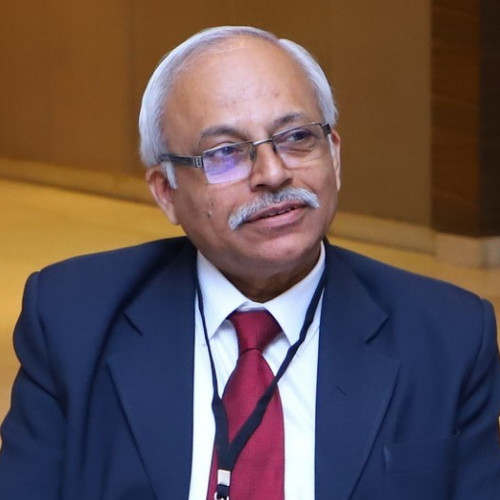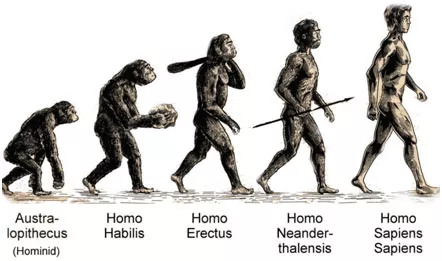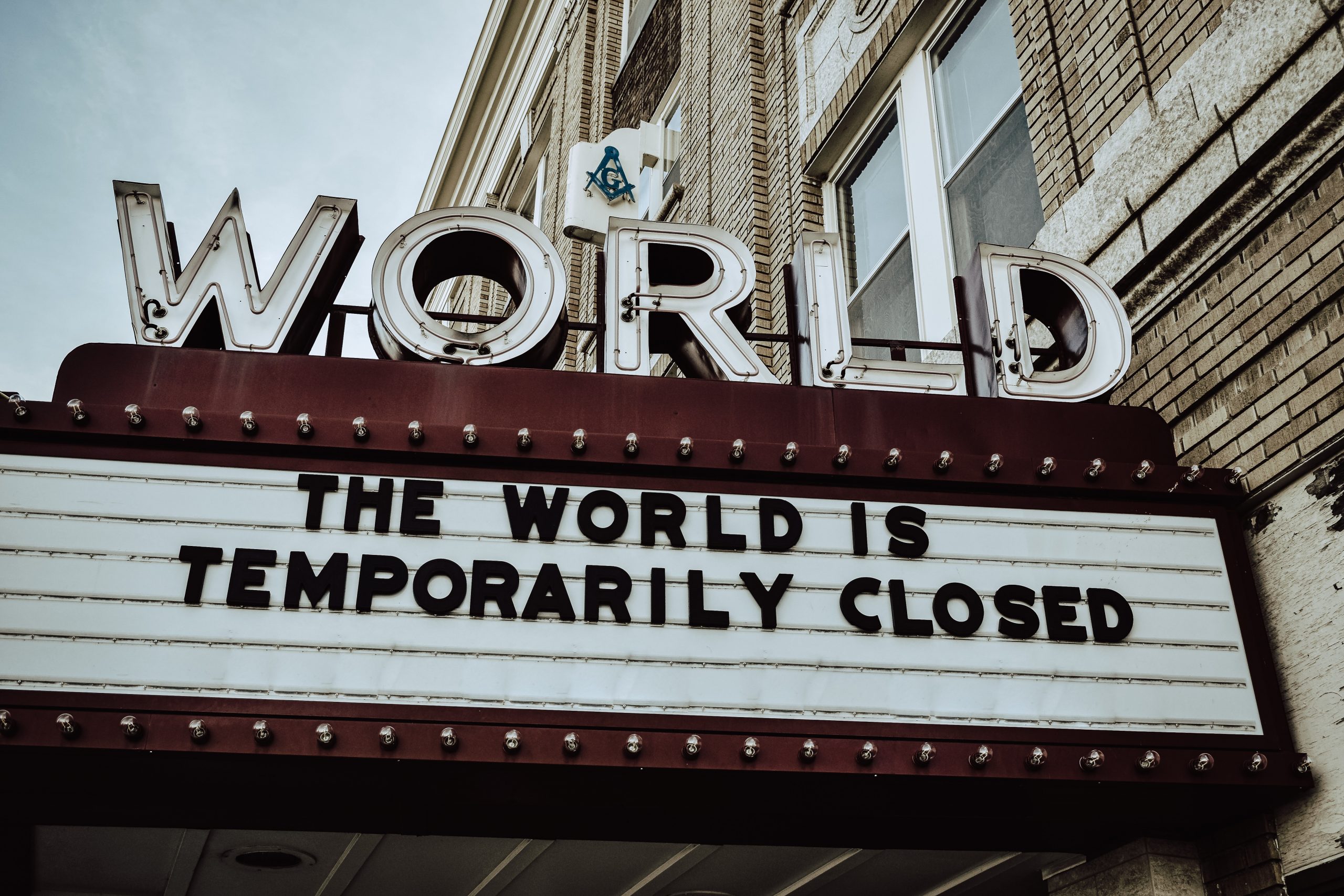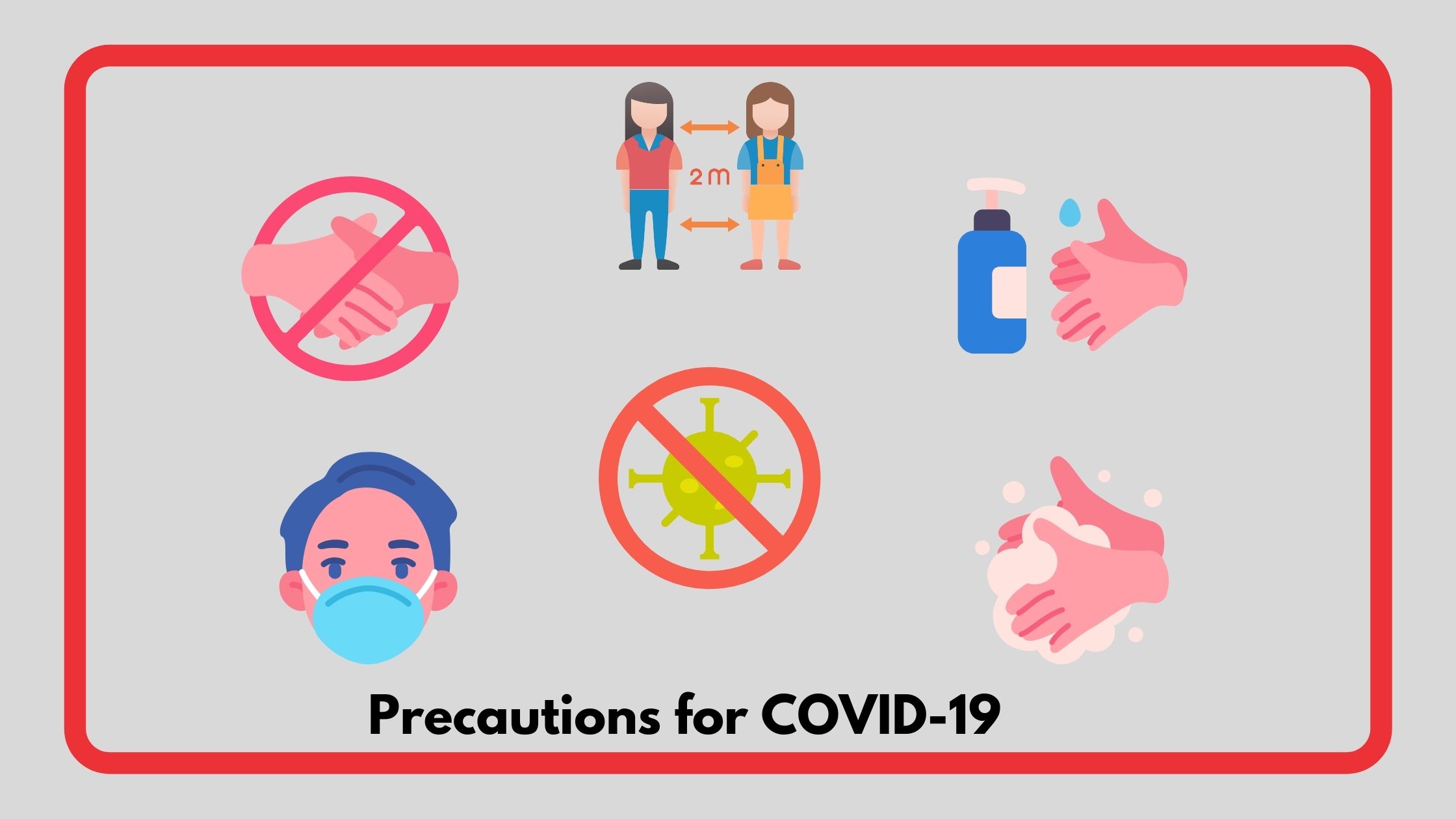Don’t be liable to get hurt

The creative mind can be a double edged sword. If used inappropriately it can cause immense harm instead of good. The present pandemic which has been a tragedy of errors since the beginning proves the point……
By Dr Amitav Banerjee
As we know that the biological forces of nature evolved over billions of years to favour Homo sapiens. Human innovations amplified this survival advantage many times over. Ignoring the forces of nature and arrogantly assuming that these forces can be controlled by human intervention has been the bane from the beginning in the present pandemic.

Flowing with the forces of nature would have prevented the human misery due to collateral harm consequent to well meaning but clumsy efforts of chasing the novel corona virus.
In cricket, if a batsman removes his eyes from the ball and instinctively ducks on a short pitched bouncer, he is liable to get hurt. Similarly, the art of public health lies in keeping a close eye on the biological forces of nature, evading harm when threatened and using these forces to advantage depending on the changing dynamics. Regrettably in practice, often panic prevails over prudence both in cricket and public health.
During the 1962 tour of West Indies, Nari Contractor, the Indian captain opened the batting for India. The legendary fast bowlers Wesley Hall and Charlie Griffith opened the bowling attack for Barbados. The formidable reputation of the famed speedsters may have led to panic prevailing over skills. Contractor removed his eyes from a delivery by Griffith and ducked into the short pitched ball sustaining a fractured skull. Fortunately, he survived after surgery.
Policy makers in country after country removed their eyes from the ball like Contractor incurring heavy collateral damages. The blind spot made them hope unrealistically that they can halt the pandemic in its tracks. While in the early stages the purported aim was to prevent overwhelming the hospital services, this goal turned more ambitious later – rolling out the vaccines before lifting the restrictions.
Had the policy makers kept their eyes on the ball they would have framed policy based on the data as the pandemic progressed. A few months into the pandemic, it was evident that severity and deaths from the virus were mostly confined to the elderly and people with co-morbidities. Young healthy people and children rarely suffered or succumbed. A good captain would have sheltered the vulnerable and permitted the young to continue with their regular activities. This focused protection as spelled out in “The Great Barrington Declaration,” conceptualized by three eminent epidemiologists from Stanford, Harvard, and Oxford Universities would have avoided interruption of education and economic losses.
 Regrettably, the harsh measures did not achieve the intended aim either, it only postponed the inevitable. Regions both at the national level (Kerala), and international level (Australia), which did well initially due to these measures, trailed towards the end of the pandemic marathon. Countries like Sweden, Belarus and Japan, which did not impose these draconian measures did not fare worse in the long run. Sweden was one country which did not close schools either during the pandemic nor had mask mandates, an issue of heated debate currently. There were no adverse impact on Swedish children or adults as children were not found to be super-spreaders as erroneously believed.
Regrettably, the harsh measures did not achieve the intended aim either, it only postponed the inevitable. Regions both at the national level (Kerala), and international level (Australia), which did well initially due to these measures, trailed towards the end of the pandemic marathon. Countries like Sweden, Belarus and Japan, which did not impose these draconian measures did not fare worse in the long run. Sweden was one country which did not close schools either during the pandemic nor had mask mandates, an issue of heated debate currently. There were no adverse impact on Swedish children or adults as children were not found to be super-spreaders as erroneously believed.
After the bad start, mismanagement prevailed. Keeping an eye on the virus, would have made it evident that it is impossible to keep up with the pace of its movement across continents. In spite of all measures, the virus travelled from China to Chandni Chowk! After its swift spread across countries, it conferred natural immunity among vast swathes of the population, particularly in densely populated countries like India, Bangladesh and Pakistan. Bangladesh and Pakistan are having far less cases and deaths, compared to India, with far less vaccination.
Obviously, naturally acquired immunity is playing a greater role. The Delhi survey in September revealed that over 90% of the adults had immunity, some from the vaccine, and most from natural infection. More importantly, 82% of children below 18 years had IgG antibodies, despite having not received any vaccine. Studies show that natural immunity is 13 times more robust than vaccine immunity.
 Two years into the pandemic, the Centre for Disease Control, Atlanta, USA, have rather reluctantly conceded that natural immunity is better than vaccine derived immunity. In spite of this, people with natural immunity who have not taken the vaccine, continue to be stigmatized and are expected to get double jabbed for travel, job, education and shopping. Even a celebrity like the world number one tennis player was not spared this ignominy. Such an atmosphere of shaming against all logic and science lead to fractures in society.
Two years into the pandemic, the Centre for Disease Control, Atlanta, USA, have rather reluctantly conceded that natural immunity is better than vaccine derived immunity. In spite of this, people with natural immunity who have not taken the vaccine, continue to be stigmatized and are expected to get double jabbed for travel, job, education and shopping. Even a celebrity like the world number one tennis player was not spared this ignominy. Such an atmosphere of shaming against all logic and science lead to fractures in society.
The pandemic has been characterized by overreactions both in patients and in population policies. Majority of infections are asymptomatic or mild, while in few it leads to severe disease due to cytokine storm due to overreaction of immune responses.
The world too overreacted to the perceived threat initially and miscalculated later assuming vaccines to be the panacea. In the bargain, the agony of draconian measures got prolonged. The fractured society suffered delayed reunion. The impact on mental health, society and livelihoods got overlooked.
Chasing the elusive virus at all costs proved disastrous in almost all countries. An estimated 500 million got pushed below the poverty line globally. Livelihoods were lost and lives endangered. Domestic violence against women and children escalated. And so did violence against the elderly, paradoxically the group to be protected from Covid-19.
Add life to years, is the goal in geriatric medicine. For the elderly, life is not about how long one lives but about quality. Physical activity, social bonding, and recreational activities add life to years. Restrictive measures rendered all these impossible. Social networks got dissolved adversely impacting the social and mental health of the elderly.
At the other age spectrum, children experienced negative effects. According to UNICEF they suffered more from interventions like school closures than the virus itself. Children to develop normally require company of friends. With closure of schools and playgrounds, they were deprived of social contacts. For years to come they have to cope with these social and educational handicaps which may jeopardize their capacity for earning and leading meaningful lives.
The pandemic also aggravated existing social inequities. The rich and privileged who could continue earning from home had fewer setbacks than the poor. The privileged could make the most of measures like lockdowns by bonding with their families while continuing their work without any layoffs. These are the minority but more articulate section of society influencing public policies. At the other extremes thousands of poor lost their jobs. These are the people without a voice. It has been said that lockdowns are not egalitarian [Broadbent et al]. These measures increase deaths in the developing world to prolong lives in the developed world. We are heading towards a fractured society.
 Healing the fracture will be a long and arduous task. We have to restore livelihoods, provide for social and mental health of the marginalized and the vulnerable such as the elderly and children. We need to reach out to workers in the unorganized sector who were affected the most. Failing in these endeavours would lead to social pathology in form of increase in crime, suicides, homicides, domestic violence, substance abuse and other ills threatening the fractured society. The societal costs would be many times more than the benefit of lives saved from Covid-19.
Healing the fracture will be a long and arduous task. We have to restore livelihoods, provide for social and mental health of the marginalized and the vulnerable such as the elderly and children. We need to reach out to workers in the unorganized sector who were affected the most. Failing in these endeavours would lead to social pathology in form of increase in crime, suicides, homicides, domestic violence, substance abuse and other ills threatening the fractured society. The societal costs would be many times more than the benefit of lives saved from Covid-19.
 Lessons from the Bhagwad Gita, can provide a roadmap to recovery. The evolution of the pandemic passed through the three gunas, “Tamas, Rajas, and Sattva.” For an exposition of gunas one should read Chapter 14, Verse 10, of the Bhagwad Gita. Tamas signifies darkness, destruction, and chaos, these prevailed in the early days of the pandemic. Ignorance led to panic resulting in deaths and destruction. Global chaos resulting from this panic were further fuelled by erroneous mathematical models predicting doom. This led to Rajas which means passion, action, and confusion. There was passion in career scientists to fight the virus at all costs leading to action, often inappropriate, by governments, and confusion due to contradictory messaging on social media and even experts. Now, with more information, the virus has to be seen in perspective, and the mass obsession with it should cease. We should move on to Sattva which advocates goodness, constructive action, and harmony. The virus in its latest avatar, the Omicron, has also become benign, to enable us to enter into a symbiotic relationship of co-existence of live and let live.
Lessons from the Bhagwad Gita, can provide a roadmap to recovery. The evolution of the pandemic passed through the three gunas, “Tamas, Rajas, and Sattva.” For an exposition of gunas one should read Chapter 14, Verse 10, of the Bhagwad Gita. Tamas signifies darkness, destruction, and chaos, these prevailed in the early days of the pandemic. Ignorance led to panic resulting in deaths and destruction. Global chaos resulting from this panic were further fuelled by erroneous mathematical models predicting doom. This led to Rajas which means passion, action, and confusion. There was passion in career scientists to fight the virus at all costs leading to action, often inappropriate, by governments, and confusion due to contradictory messaging on social media and even experts. Now, with more information, the virus has to be seen in perspective, and the mass obsession with it should cease. We should move on to Sattva which advocates goodness, constructive action, and harmony. The virus in its latest avatar, the Omicron, has also become benign, to enable us to enter into a symbiotic relationship of co-existence of live and let live.
(The author is Prof and Head, and Clinical Epidemiologist, Department of Community Medicine, Dr DY Patil Medical College, Pune,.)

